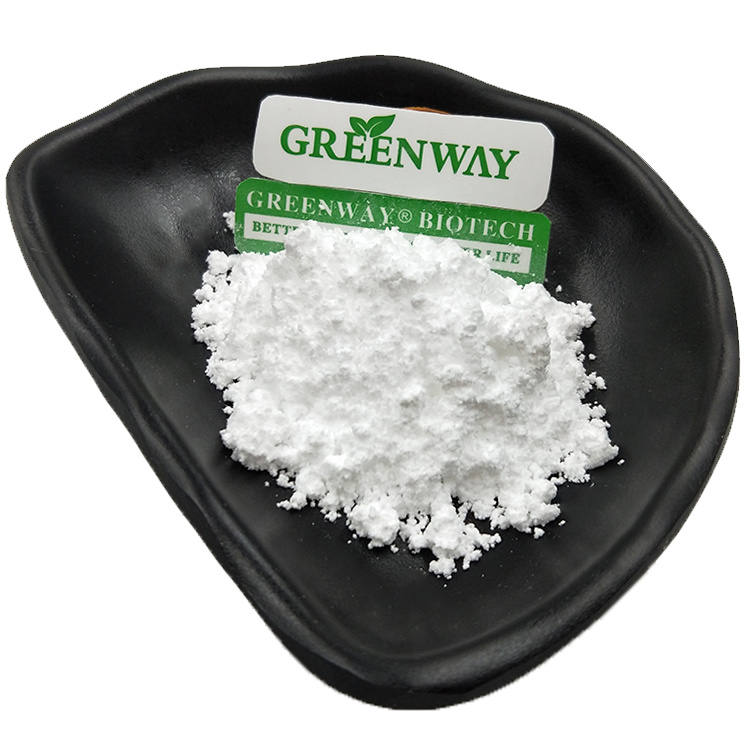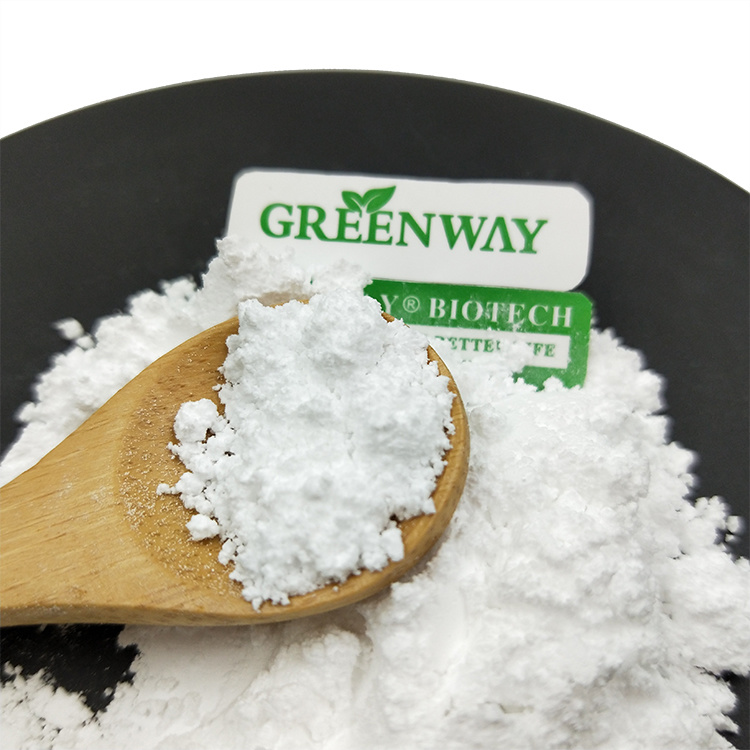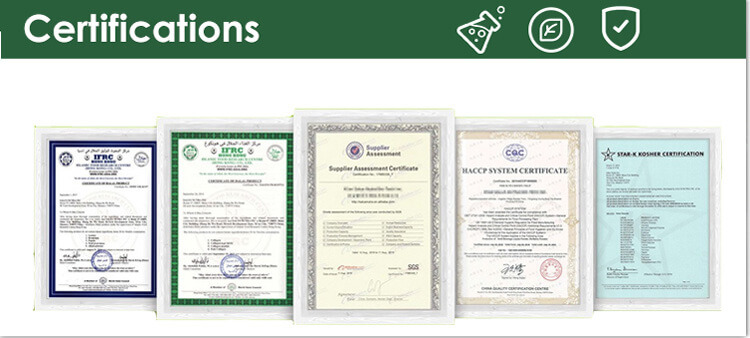High Purity Injection Hormones CAS 7681-76-7 99% Lidocane Hcl/Lidocane Powder

Product Description of High Purity Injection Hormones CAS 7681-76-7 99% Lidocane Hcl/Lidocane Powder
| {Product Name}: | Lidocaine |
| {Other Name}: | Lidocane Hcl |
| {Test Method.}: | HPLC |
| {Appearance}: | White Powder |
| {Specification}: | 99% |
| {MOQ}: | 1kg |
Lidocaine is a local anesthetic commonly used in medical clinic, which was used to treat heart arrhythmia in 1963. It is currently the drug to prevent and treat acute myocardial infarction and various heart diseases complicated by rapid ventricular arrhythmia, and is the preferred drug for premature ventricular beat, ventricular tachycardia and ventricular tremor of acute myocardial infarction.
Function of High Purity Injection Hormones CAS 7681-76-7 99% Lidocane Hcl/Lidocane Powder
Lidocaine Hcl salt, an amide local anesthetic, has anti-inflammatory properties in vitro and in vivo, possibly due to an attenuation of pro-inflammatory cytokines, intracellular adhesion molecule-1 (ICAM-1), and reduction of neutrophils influx.Target: Lidocaine is a common local anesthetic and antiarrhythmic drug. Lidocaine is used topically to relieve itching, burning and pain from skin inflammations, injected as a dental anesthetic or as a local anesthetic for minor surgery. Lidocaine, the first amino amide-type local anesthetic, was first synthesized under the name xylocaine by Swedish chemist Nils Lofgren in 1943. His colleague Bengt Lundqvist performed the first injection anesthesia experiments on himself.Lidocaine is approximately 95% metabolized (dealkylated) in the liver by CYP3A4 to the pharmacologically-active metabolites monoethylglycinexylidide (MEGX) and then subsequently to the inactive glycine xylidide. MEGX has a longer half life than lidocaine but also is a less potent sodium channel blocker. The elimination half-life of lidocaine is approximately 90-120 minutes in most patients. This may be prolonged in patients with hepatic impairment (average 343 minutes) or congestive heart failure (average 136 minutes).

Application:
1. The efficacy profile of lidocaine as a local anesthetic is characterized by a rapid onset of action and intermediate duration of efficacy. Therefore, lidocaine is suitable for infiltration, block, and surface anesthesia. Longer-acting substances such as bupivacaine are sometimes given preference for subdural and epidural anesthesias; lidocaine, though, has the advantage of a rapid onset of action.
2. Epinephrine vasoconstricts arteries, reducing bleeding and also delays the resorption of
lidocaine, almost doubling the duration of anaesthesia. For surface anesthesia, several available
formulations can be used e.g. for endoscopies, before intubations, etc. Buffering the pH of lidocaine
makes local freezing less painful. Lidocaine drops can be used on the eyes for short ophthalmic
procedures.
3. Relative insensitivity to lidocaine is genetic. In hypokalemic sensory overstimulation, relative
insensitivity to lidocaine has been described in people who also have attention deficit hyperactivity
disorder.In dental anesthesia, a relative insensitivity to lidocaine can occur for anatomical reasons
due to unexpected positions of nerves. Some people with Ehlers-Danlos syndrome are insensitive to lidocaine.
4. Lidocaine, along with ethanol, has also been proven to be effective in
treating jellyfish stings, both numbing the affected area and preventing further nematocyst discharge.






Send us an inquiry